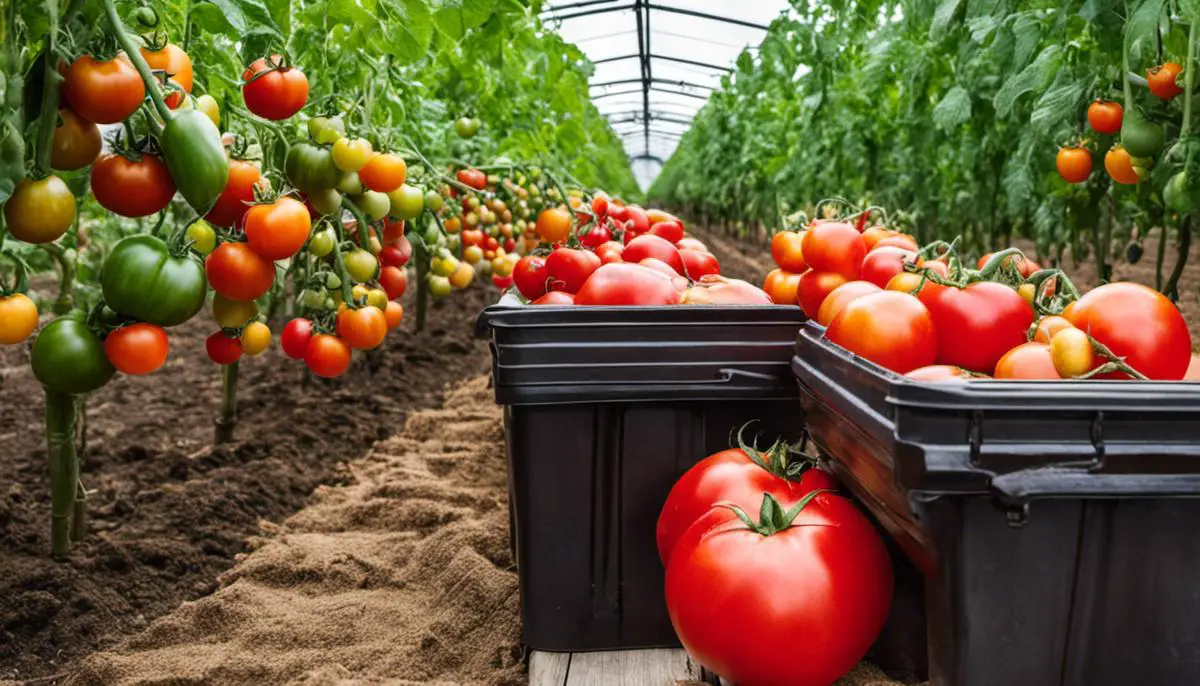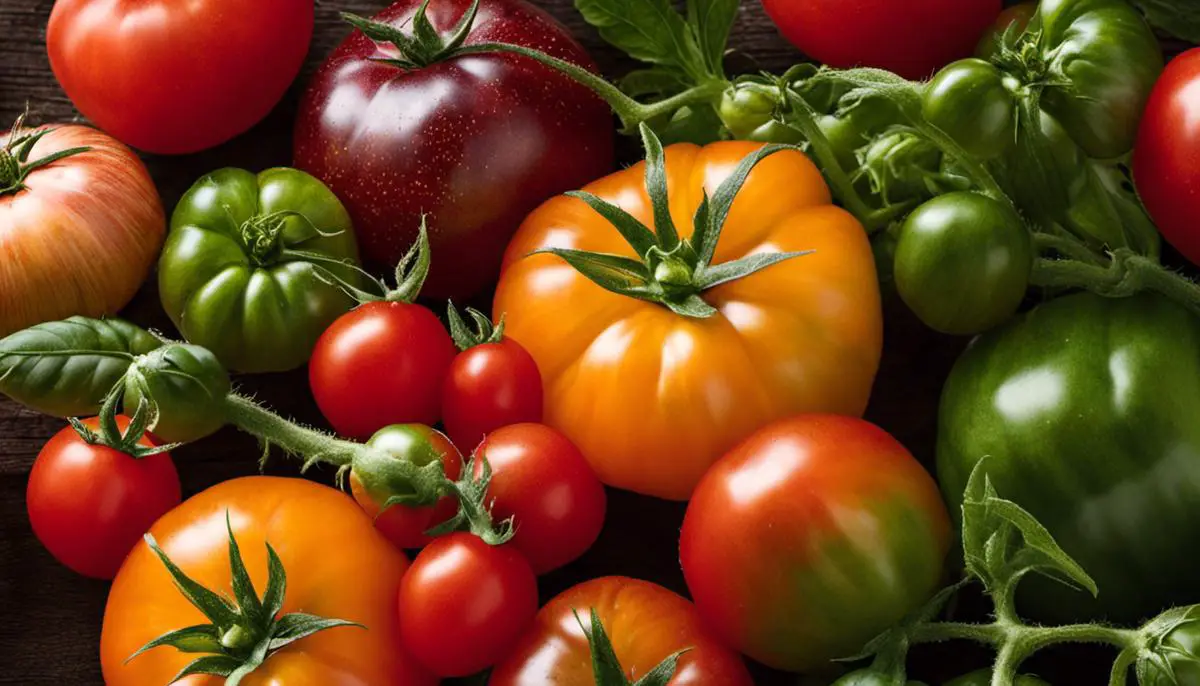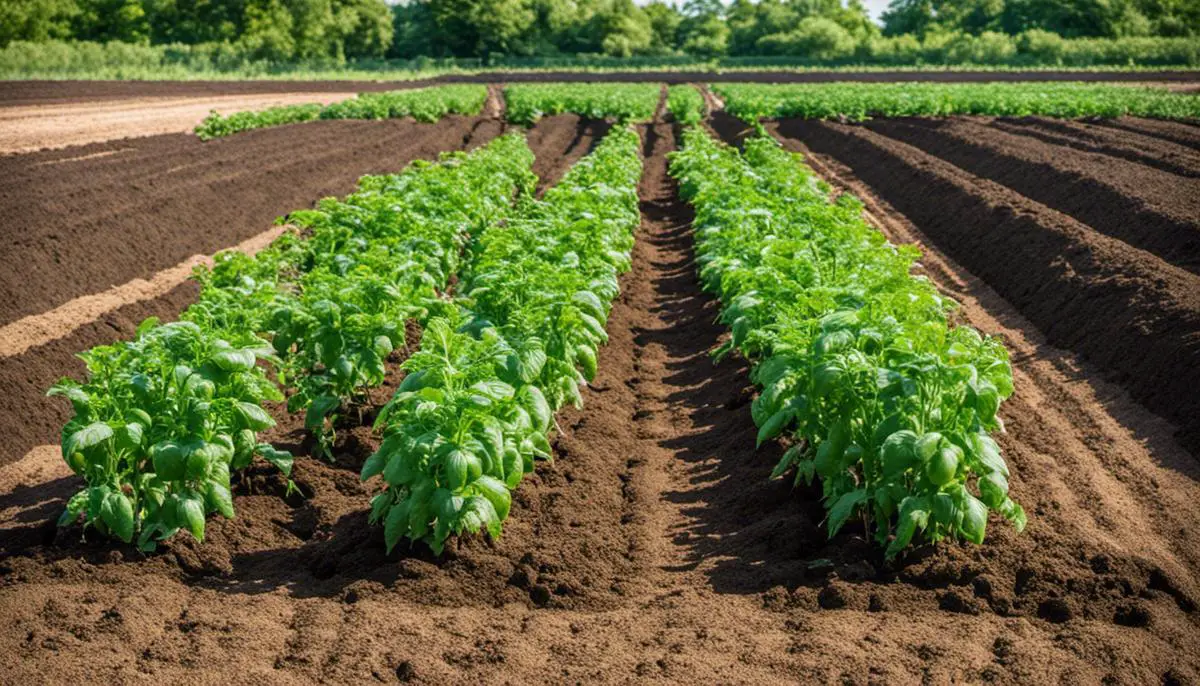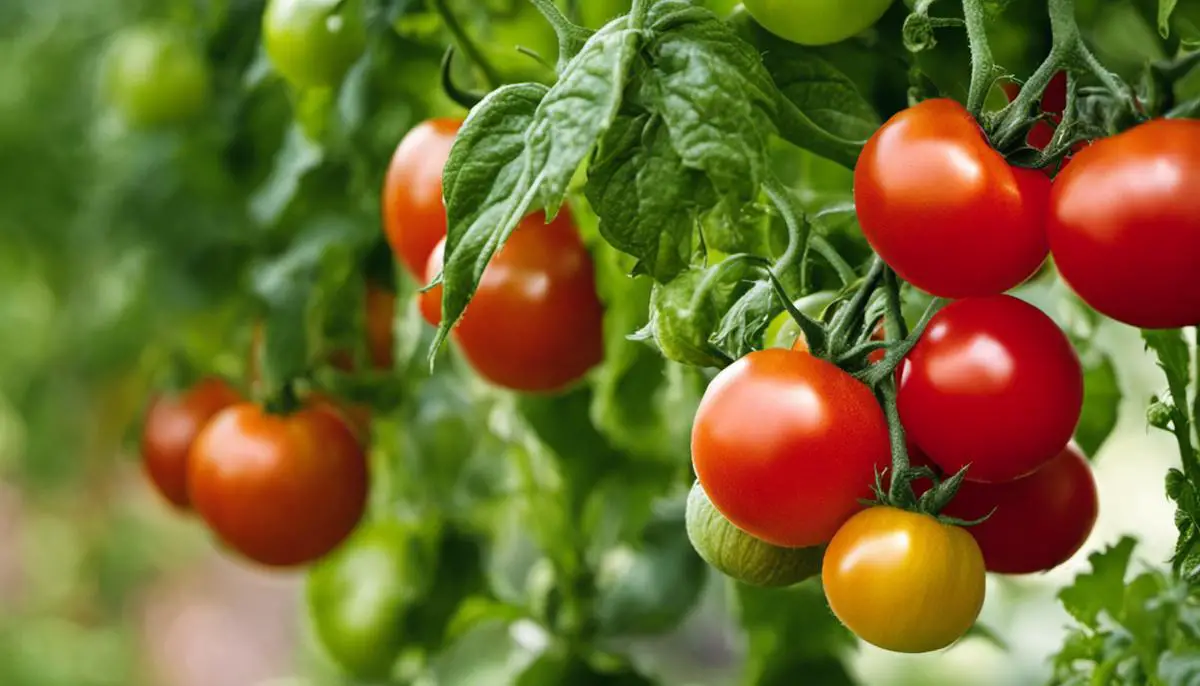Passionate about gardening and looking to grow your very own juicy, fresh tomatoes? Well, you’ve come to the right place. This write-up aims to empower every home gardener with all necessary information to kickstart your journey to growing tomato plants. We will begin with an understanding of the different types of tomato varieties, like determinate, indeterminate, and dwarf varieties, delving into their distinct characteristics, and which might suit your garden space and conditions perfectly. Then, we’ll guide you through locating the best local and online garden centers and nurseries to buy your choice plant, considering factors such as plant health, variety, and supportive customer reviews. Lastly, we will provide useful information about transplanting your newly bought store tomato plants to your garden or containers.
Understanding different types of Tomato Plants
An Exuberant Exploration: Navigating the World of Tomato Varieties
Reader Poll: What online courses would interest you?
If you’re venturing into the world of gardening, welcome aboard! And if you’re here for the sheer love of tomatoes, you’re at the right place. In the wide world of cultivation and gardening, tomatoes are a hot favorite. From vibrant reds to zingy yellows, from petite cherries to big beefsteaks, tomato plants offer an endurance-testing repertoire of flavors, colors, sizes, and growth habits.
To start this expedition, let’s visit the cherry tomatoes. They’re bite-sized bursts of tang and sweetness, making them a fantastic pick for salads or for nibbling raw. Varieties like ‘Sweet Aperitif’ or ‘SunGold’ are a must-grow in this category.
Next, we have beefsteak tomatoes, the big players in the tomato world. These tomatoes are often hefty, succulent, and, well, big! Think ‘Brandywine’, with its sweet, almost smoky flavor, or ‘Beefmaster’, noted for its exquisite taste and high yield.
Subscribe to our newsletter!
Can’t wait months for tomatoes to ripen? The early ripening variety is a blessing. ‘Early Girl’, ‘Glacier,’ and ‘Siberian’ are known to produce fruit in less than two months. These tomatoes tend to be smaller in size, but their flavor remains uncompromised.
And if the backyard is feeling tight, dwarf tomato plants come to the rescue! ‘Tiny Tim’ and ‘Window Box Roma’ are varieties that are perfect for container cultivation. They’re compact without compromising on the authenticity of the tomato flavor.
For those with an appetite for uniqueness and delicious peculiarity, you’ve got to try the heirloom varieties. These are old-time varieties that have been passed down through generations. ‘Cherokee Purple’, ‘Green Zebra’, or ‘Black Krim’ are fascinating heirlooms with an equally intriguing blend of flavors and colors.
Then come the indeterminate varieties, the ones that just keep growing. These include ‘Big Boy,’ ‘Better Boy,’ and ‘Pink Girl.’ They’ll expand all season, producing an impressive and continuous bounty of tomatoes.
Of course, colors other than the typical red exist in the tomato palette. Yellow and orange tomatoes, like ‘Orange Wellington’ or ‘Lemon Boy,’ offer an extraordinarily sweet, low acid taste. Their vibrant shades also make an attractive addition to any salad or dish.
In the end, the art of gardening, specifically growing tomatoes, comes down to personal passion and preference. Each tomato variety has unique characteristics, whether it’s in the taste, growth habit, or appearance. These little (or big) bursts of flavor add a whole new world of experience to gardening, and a perfect addition to virtually any dish. Happy gardening!

Evaluating the best garden centers and nurseries
The tomato, despite its reputation for being tricky to grow, can reward you with a world-class bounty when you select the right varieties and sources. Whether you’re a seasoned garden enthusiast or someone who’s just getting started with tomato cultivation, it’s critical to know where you can purchase quality, reputable tomato plants. Let’s dive right in!
Turning our attention to reputable commercial sellers of tomato plants, the undeniable first mention has to be Burpee. A juggernaut of American gardening, Burpee has been providing seeds and plants since 1876. Their catalog features an incredible variety of tomatoes, including early ripening options, dwarf plants suitable for containers, not to mention the remarkable variations in color and flavor found in their vast heirloom collection.
Similar to Burpee, Bonnie Plants is another nationwide supplier offering an impressive array of tomato plants. As a company dedicated to sustainable and environmentally friendly practices, they have won the hearts of many gardeners across the United States. You can select from early producers, container suitable dwarfs, and scores of indeterminate or determinate plants, including the much-loved cherry and beefsteak varieties.
For gardeners who prioritize organic practices, High Mowing Organic Seeds sets the bar high with its range of certified organic, non-GMO plants. This conscientious Vermont-based company offers a carefully curated selection of cultivars, including unique heirloom varieties that bring stunning flavors and colors to your garden and kitchen.
Finally, for those that enjoy the joyful marriage of technological convenience and horticulture, online platforms like GrowJoy provide easy access to a broad range of tomato plants. They’re well-regarded for their farm-to-doorstep approach, ensuring your carefully chosen plants arrive ready to thrive in your home garden.
Remember, reputable sellers not only offer quality plants but provide insightful care instructions and have attentive customer service, ready to assist with any questions or concerns. Passionate tomato growers know that choosing the right supplier can lead to flourishing tomatoes, positively impacting every homemade pasta sauce, Caprese salad, or BLT sandwich.
Now, equipped with this handy guide on where to purchase tomato plants, the world of tomato growing is at your fingertips!

Transplanting Store-Bought Tomato Plants
Moving on to the exciting part of the journey, the transplanting of store-bought tomato plants, an exhilarating step that initiates your gardening journey. Whether you are a novice gardener or a seasoned pro, mastering the transplanting process is integral to your tomato yield success.
The first step in the transplanting process is to ensure a viable gardening environment. Tomatoes thrive in well-drained, loamy soil with a pH level between 6.0 and 6.8. Get started by testing your soil; affordable DIY kits are available at most garden centers. If the pH level isn’t ideal, fear not. Easy-to-apply soil additives can quickly rectify this.
Next, prepare the planting hole. For robust root development, your tomatoes need plenty of space for growth. Dig a hole wide and deep enough so that two-thirds of the tomato plant can be buried. A word of caution though–when handling the plant, avoid touching the stem to prevent damage to delicate tissues that transport water and nutrients.
When you’re ready to transplant, water your tomato plants thoroughly. Why so? This facilitates easier, less traumatic removal from the container they came in. Gently squeeze the sides and bottom of the container to loosen the root ball. With utmost care, pull the plant out, making sure not to tear the roots.
Once out of the container, prime the plant by making a few vertical slits in the root ball. This expert trick nudges the roots towards quicker expansion into the surrounding soil. Then, place the plant in the hole. Backfill soil around it, firmly pressing it down. Remember to leave the top third of the plant above ground level.
Post-planting, water the transplanted tomatoes generously. While watering, aim at the base of the plant, avoiding the leaves. This minimizes the chances of disease spread. For the first week following transplantation, ensure regular watering while the plant adapts and establishes itself.
Finally, how about giving your plants a little support? Stake them right from the time of planting to promote upright growth. A myriad of options, from traditional stakes to creative tomato cages, are available in the market to cater to the aesthetic and functional needs of your garden.
Do keep in mind that transplanting is only one step in the journey. Tomato gardening continues with vigilance against pests, diseases, and less than perfect weather conditions. Commit to learning, experimenting and ultimately, basking in the joy of a bountiful, home-grown tomato harvest. Happy gardening!

After going through this insightful piece, you should now be in a great position to kick-off your garden venture. Understanding the different types of tomato plants will help you choose the variety that fits your space and conditions best, enhancing your chances of successful yield. More so, our guide to identifying the best garden centers and nurseries will ensure you invest in the healthiest plants and have all your concerns promptly addressed. To top it off, our tips for transplanting your store-bought tomato plants should serve as a catalyst in helping your new plants adapt and thrive in their new home. Now, it is time to put all this information into practice, let’s don our gardening gloves and grow some tomatoes!

